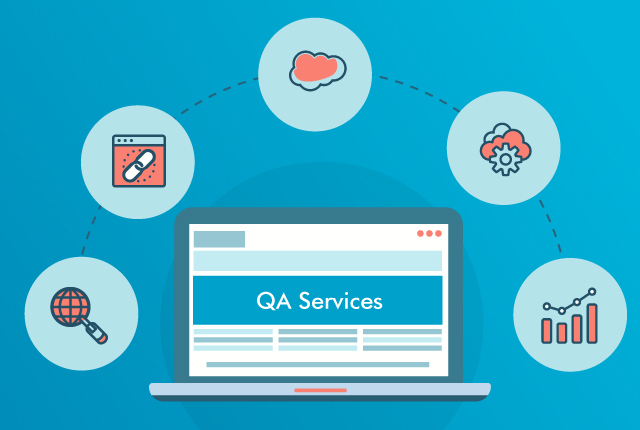HIPAA compliance testing is essential in 2026 to safeguard patient data, prevent costly violations, and ensure system resilience. This blog outlines proven strategies, AI-driven security trends, and expert testing solutions to achieve full HIPAA compliance.
QASource Blog
In our blog, we take a deep dive into the latest QA strategies, methodologies, and industry best practices driving the world of quality assurance. Follow our blog to get new ideas as to how to effectively deliver high-quality, bug-free software products, websites, and applications, while keeping costs low.

Creating a strong automation test plan ensures clear objectives, efficient test case selection, and structured execution. QASource shares expert tips to streamline processes and enhance software quality through thoughtful automation planning.
Build an effective test automation strategy with these 8 practical tips to streamline QA efforts. Learn how to align goals, select the right tools, prioritize test cases, and ensure long-term scalability while minimizing maintenance challenges and costs.
An effective API testing checklist includes verifying functionality, security, performance, and error handling. QASource follows structured testing practices to detect issues early, improve reliability, and ensure smooth integration across applications.
Discover proven top software testing strategies like unit, integration, AI-powered, and security testing to ensure code quality, reliability, scalability, and user satisfaction.
These days, people not only want but need to do more with less. CEOs and Product Managers want to stay competitive by releasing new features while keeping their resources lean. Is it even possible to reach these two goals without sacrificing product quality?
When planning a software project, the common question is, “Where do we start testing?” Before initiating any QA process, it’s necessary to define the scope of the test, and have a good understanding of the overall strategy. The test plan and test strategy play different roles in the SDLC, and it's important to have a clear understanding of the difference between the two.
Developing a comprehensive test strategy means never having to ask, “Where do we begin?” It's important to understand the difference between test plan and test strategy while defining the role each plays in the software development lifecycle. While a test strategy defines your QA best practices, a test plan outlines how you will practically implement them toward getting a finished product to market.
By now it’s common knowledge that QA is an essential part of the software development lifecycle. But when the need for expanded testing arises, many companies still debate about whether to train their in-house engineers or outsource those services. Like so many other problems in the software development and testing industry, there is no clear answer. The only real answer is: “It depends.”
Written by QA Experts
QASource Blog, for executives and engineers, shares QA strategies, methodologies, and new ideas to inform and help effectively deliver quality products, websites and applications.
Categories
Authors
Our bloggers are the test management experts at QASource. They are executives, QA managers, team leads, and testing practitioners. Their combined experience exceeds 100 years and they know how to optimize QA efforts in a variety of industries, domains, tools, and technologies.








